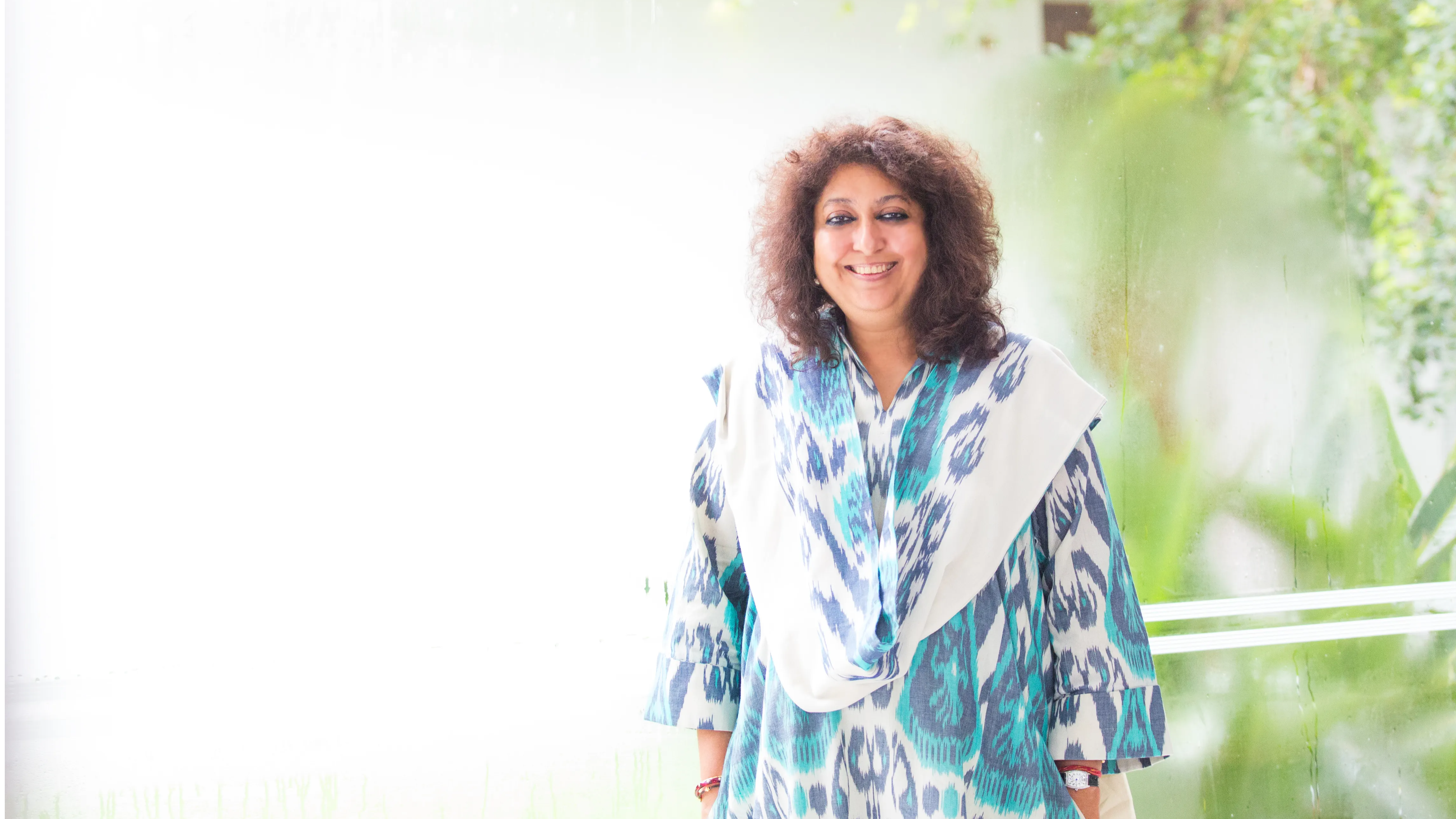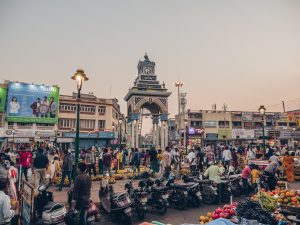With over 35 years of passion and dedication towards Indian textiles and crafts, Madhu Jain is responsible for reviving some of the finest yarns of the country. For a designer, who has reintroduced the legendary ‘Dhaka Muslin’, a gorgeous handmade fabric renowned as Empress Noor Jehan’s favorite textile which had disappeared from India after partition, she is happy with the recently announced Union Budget 21-22 where impetus has been given on textile industry especially after 2020 when pandemic brought heavy looses.
“I welcome the 2021-22 budget’s shot in the arm to the textiles sector. India has a giant textiles and clothing industry, second only to China. Our manufacturing and exports in this sector stand at a very significant 12 percent with a contribution of 2 percent to India’s GDP,” Jain told Opoyi.

A Nari Shakti Puraskar Awardee and also a former member of the prestigious All India Handloom Board, Jain is credited for the much recent introduction of the world’s first 100 percent biodegradable Bamboo Silk Ikkat Textile.

She says that “several crore people are engaged in this industry—a sizeable number that is crucial for India’s economy.”
“Unfortunately, this sector took a beating in the last year, in particular, especially self-employed handloom weavers whose livelihoods are dependent on market demands. These weavers operate in a niche market and typically, their livelihoods have suffered the maximum,” Jain, who has loyal patrons including Smriti Irani, Maneka Gandhi, Neelam Pratap Rudy, the late Sushma Swaraj, and Nita Ambani, told Opoyi.


As a step to make the country’s textile industry a manufacturing and export hub, Finance Minister Nirmala Sitharaman announced the set up of seven mega textile parks under three years and Jain says that this move will double the industry size.
“The proposed seven Mega Integrated Textile Region and Apparel (MITRA) parks, envisaged as a one-stop-solution, is expected to double the industry size in the next five years or so. In principle, the idea of integrated infrastructural facilities coupled with manufacturing and other support is noteworthy. It has the potential to create a wealth of jobs, something that is sorely needed,” said the designer who launched her label in the year 1987.
Jain also says that she is interested to know more details about the announced scheme.
“However, it is too early for me to give a considered comment so soon after the budget as I am waiting for more details. For instance, I’d be interested to know if there will be changes in the GST structure. Currently, there are different tax brackets for garments and for different types of yarn. Also, I certainly hope there is mention that the parks will take into account cleaner production processes that are environmentally friendly,” said Jain.
She further added that she is not sure what is there in the budget for the handlooms sector, in particular.
“I’d like to see the rigorous implementation of the standards compliance mark (Handloom Mark) to prove the genuineness of handwoven textiles. I’d also like to see the government pushing greener textiles that use natural yarns and hope that the R&D arm in the Parks will seriously pursue this. Production processes for handloom textiles are totally different from man-made fabrics, and the Parks should address these differences,” she said.
In the time and age when focus on ‘swadeshi’ designs and initiatives like ‘vocal for local’ are taking the front seat, the designer says it will boost the livelihood of weavers.
“The textile parks are in-sync with the government’s Atma Nirbhar Bharat focus. As far as ‘swadeshi’ and ‘vocal for local’ are concerned, people such as myself—whose professional lives have revolved around building on India’s textiles heritage by innovating new weaves and textiles—have a social responsibility towards weavers.
“It should be our mission to give handloom weavers from every state in the country a platform to highlight their talent and capability through design interventions and R&D. They require encouragement, handholding, and funding, I had to really push hard with my weavers to develop new products—especially my 100 percent biodegradable textile of the future, Bamboo-Silk Ikat— as they have their traditional weaves and don’t like deviating from the tried and tested,” said the designer.

She also says that “It’s high time we focused on reaching out to global audiences and markets in a planned manner.”
“It is a widely recognized fact that Indian handlooms are par excellence in every respect, from the quality and intricacy of weaves to the sheer number of weaves on offer,” elucidates the designer.
So what are the areas of development?
“All pan-India weaver centers and clusters supported by the textiles ministry need to be infused with more momentum and urgency. Some of the country’s finest talents have emerged from these centers. We need to hone that potential further. I have a very positive feeling about this budget—I feel that the textiles industry is finally getting its due,” sums up the designer.






